Best Rivers to Fish This Winter in Montana

Winter Fly-Fishing: A Different Approach
When one thinks of wintertime in Montana, they most likely conjure up an arctic stage. Overwhelming snow, sub-zero temperatures, and blizzards for days. While that all occurs from time to time, and some years more than others, the weather in Montana can be surprisingly mild at times. Those are the times when the fishing can be HOT! These conditions make for quality winter fly fishing, a nice change of pace from skiing or snowboarding.
Daytime temperatures are at their highest during the hours between 12:00pm and 4:00pm. Fish any earlier or later and you may be casting to trout in a sleep-like state. Remember, trout are cold-blooded creatures. The cold weather causes a trout’s metabolism to slow down. A slower metabolism lowers the need for food consumption. In order to maintain sufficient energy levels that a lower consumption of food provides, trout head for deeper and slower waters.
Winters in Montana can provide a challenge to fishermen. Ice shelving is prone to develop on the state's numerous freestone rivers during the colder months, making it hard to find open and accessible water. The following rivers are known to be ice-free most days out of the year and provide excellent fly-fishing opportunities. Just don’t forget to pack your Merino Wool and Goretex gear!
Madison River - Headwater Tributary of the Missouri
The Madison River is great for anglers near Bozeman and Ennis, Montana. Madison’s prolific fast currents result in open water during the winter. The most success can be found about an hours long drive away from Bozeman up Bear Trap Canyon. Bear Trap Canyon’s boulders offer some of the most extraordinary trout fishing imaginable. Because the water is coming directly from the sun-soaked Ennis Lake, the water has warmth to it all year.
Three Dollar Bridge, an hour and a half drive south from Bozeman, is great for anglers that want to park and wander. Full of productive pockets, channels, slicks, and large boulders, this part of the Madison makes for browns and rainbow spawning territory. To fish this stretch of river in the winter, snow shoes are a must-pack item. The deep snows that take place can create a significant hike.
On the lower Madison, Warm Springs and Black Ford have access points every few miles. Both of these sections can be floated, although wade fishing is preferred by anglers when weather takes a turn. Both of these sections are also home to a good deal of crayfish. Mimicking crayfish makes for a good lead fly anywhere on the lower Madison. San Juan worms and flashy nymphs have also worked well here. The lower Madison can harbor a lot of midge hatches too, but wind conditions can make fishing dry flies challenging. Check out more info about guided fishing trips on these sections.
Gallatin River- A Stream Born in Yellowstone National Park
For anglers visiting Bozeman or Big Sky, the Gallatin River stretches all the way from Yellowstone National Park. Float fishing is not allowed due to the narrowing of the water in some parts. This makes Gallatin ideal for wading anglers wanting to avoid mingling their lines with drift boats and rafts. Because Big Sky is within close range to geothermal hot springs, open water and above freezing temperatures occur year round. Even during the most extreme cold snaps, these thermally influenced spots don’t freeze over with ice.
Becoming especially apparent in the winter, there’s not an abundance of varying bug life here. Small, attractor nymphs, basic stoneflies and a few midge dry fly patterns are all you need to have in your pack. Rainbow and brown trout averaging 12 to 16 inches in length frequently dwell here, as well as graylings and cutthroats. With easy bank-to-bank wading, you’re sure to find some luck on Gallatin.
Gallatin Canyon has some great deep holes, but concentrating on the tailors and choppy, deep riffles will have a great turnout. Look for where the water riffle starts to slow in pace and deepen. This transition in pace and depth is the perfect spot for trout to lay low and ambush grub rushing downstream.

Bighorn Tailwater- A Trek Worth the Effort
Not every angler is into tailwater fishing, but the appeal and diversity of Bighorn Tailwater attracts just about everybody. An hours drive from Billings, Bighorn is known for large fish being pulled from its waters. It’s also known for its many technique options -- you can land many fish with simple nymphing in deep runs or you can get technical and cast at finicky risers.
Crow Tribal and private land ownership narrow down the access points of the Bighorn. However, Montana maintains 13 miles of the upper river known as the Bighorn Access Site, accessible by Highway 313. This section of the river is loaded with more fish per mile (three to five thousand per mile) in its 13 mile stretch than most other places in the country.
Located on the western boundary of the high plains, weather can shift abruptly and extremely in this part of Montana. One minute, it’s sixty degrees and zero wind and in less than half an hour's time, sub-zero temperatures arrive and you find yourself amidst a full on blizzard. So make sure to pack accordingly and be prepared for anything. Because Bighorn doesn’t sport serious rapids of any kind, inflatable kayaks, fishing rafts, and even canoes are suitable for this river. Reach out to us for more info on guided trips down the Bighorn.

Kootenai River- A Breath of Fresh Air
Flowing through the northwest part of the state, the Kootenai River begins in British Columbia, flows 485 miles through western Montana before returning to Canada. Kootenai provides some of the best trout fishing, but unlike many of the other blue ribbon rivers in Montana, it is not without its challenges. The waters of the river are regulated by the Libby Dam, so water levels can be erratic at times. Additionally, the width of the river can make it difficult to fish without a boat in most sections. That said, the area below the Libby Dam provides the best fly fishing experience around.
Between the Kootenai Falls and Libby Dam, the river can vary greatly. Deep water, shallow rapids, and mid-stream islands are scattered throughout. A lot of anglers cast from the banks and islands, but drift boats provide some great access as well. Fish here are active year round due to the cool flow coming from the Libby. Fifteen hundred to twenty five hundred trout per mile reside in the weed beds, riffles and long deep runs, abundant with various aquatic insect life.
Here, an angler will find Columbia Redband Rainbow and Westslope Cutthroat, averaging 10-14 inches in length and, at times, 16-24 inches in length. In the latter part of November, trout are eager to store up their fat reserves for the winter. Blue-wing olives are great for optimizing bites. March and April are also great months to hit the Kootenai, as the rainbows are spawning during this period.

Make Montana Your Next Fly Fishing Destination
The fly fishing in Montana is some of the best in the world. Wherever you decide to cast your line, chances are you’ll have a great time paired up with some great views. If you’re flying to Montana and are new to the sport, but eager to try it out, consider booking with a fly fishing guide with Madison River Fishing Co. and we can show a great time on the water. If you’re traveling by car, a Riversmith roof rack protects your fly rod, giving you peace of mind on the road. But most important of all, make sure to pack a camera and a few beers to celebrate all that you’re bound to catch this winter! Tight Lines!
Kyle Rutten is based out of Georgetown, Colorado, and is in charge of digital marketing and business development at Riversmith.com. Kyle also has love for the sport of fly fishing - his elevated interest in Montana fly fishing made him a great guest blogger for MRFC.com.




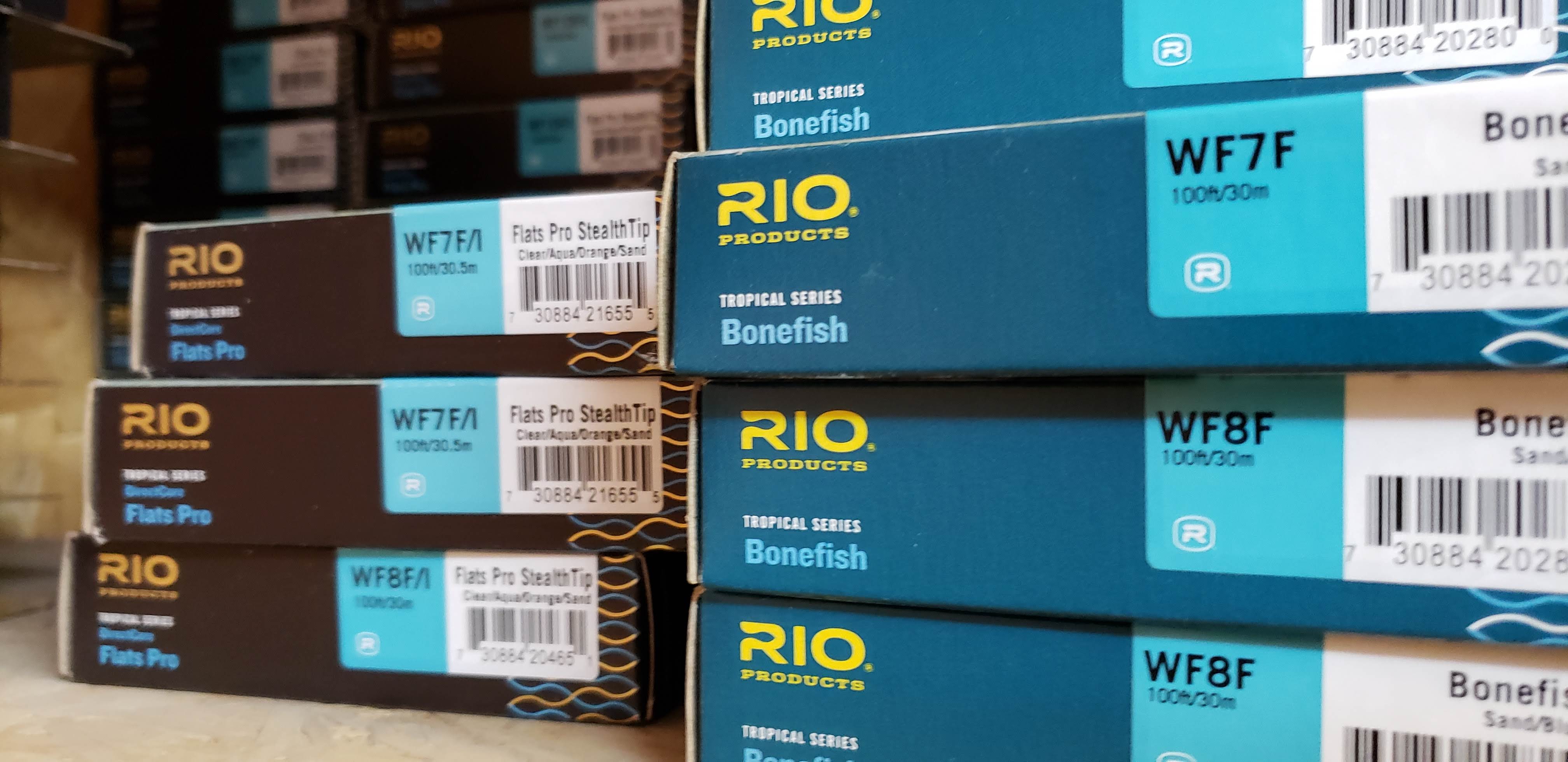

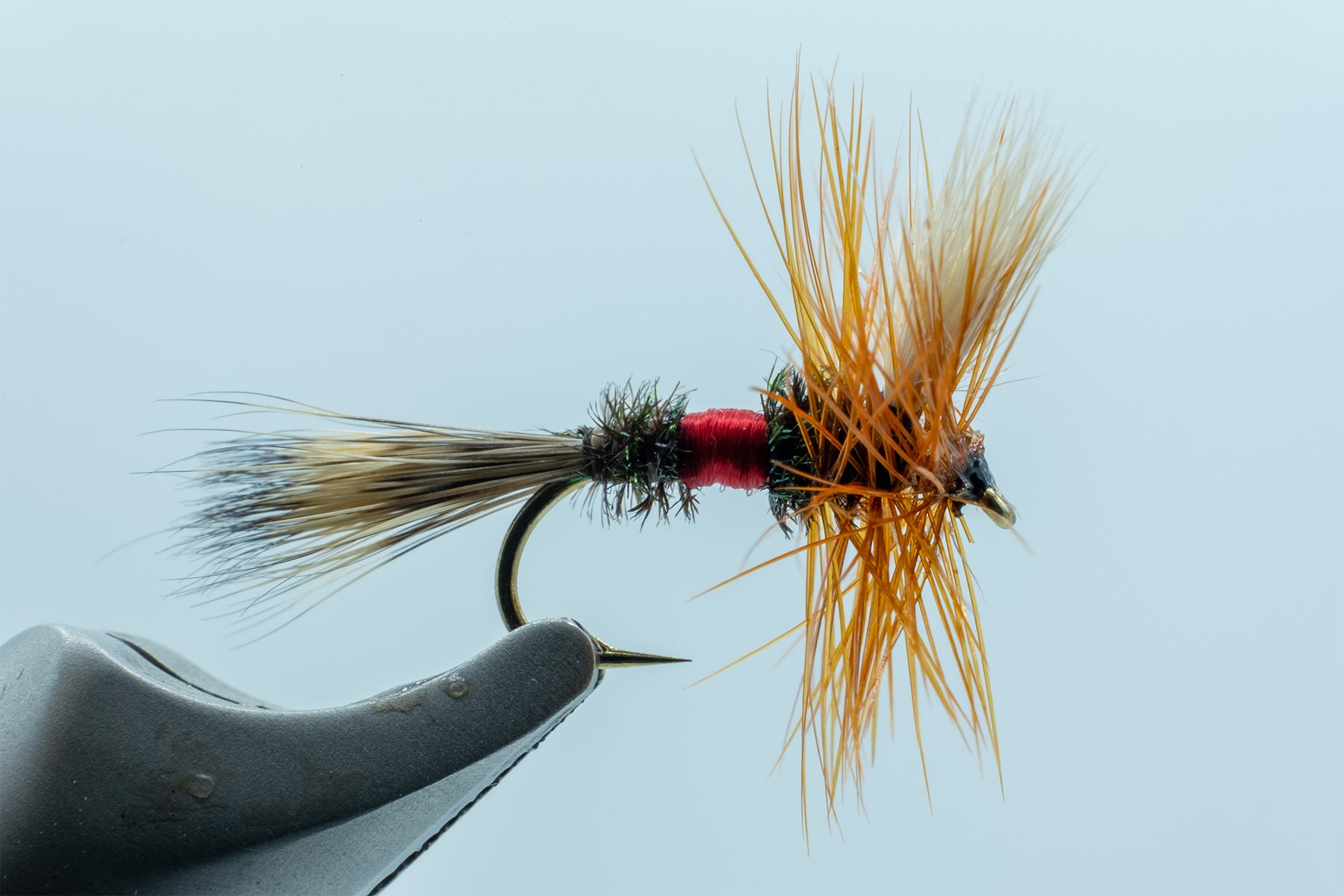
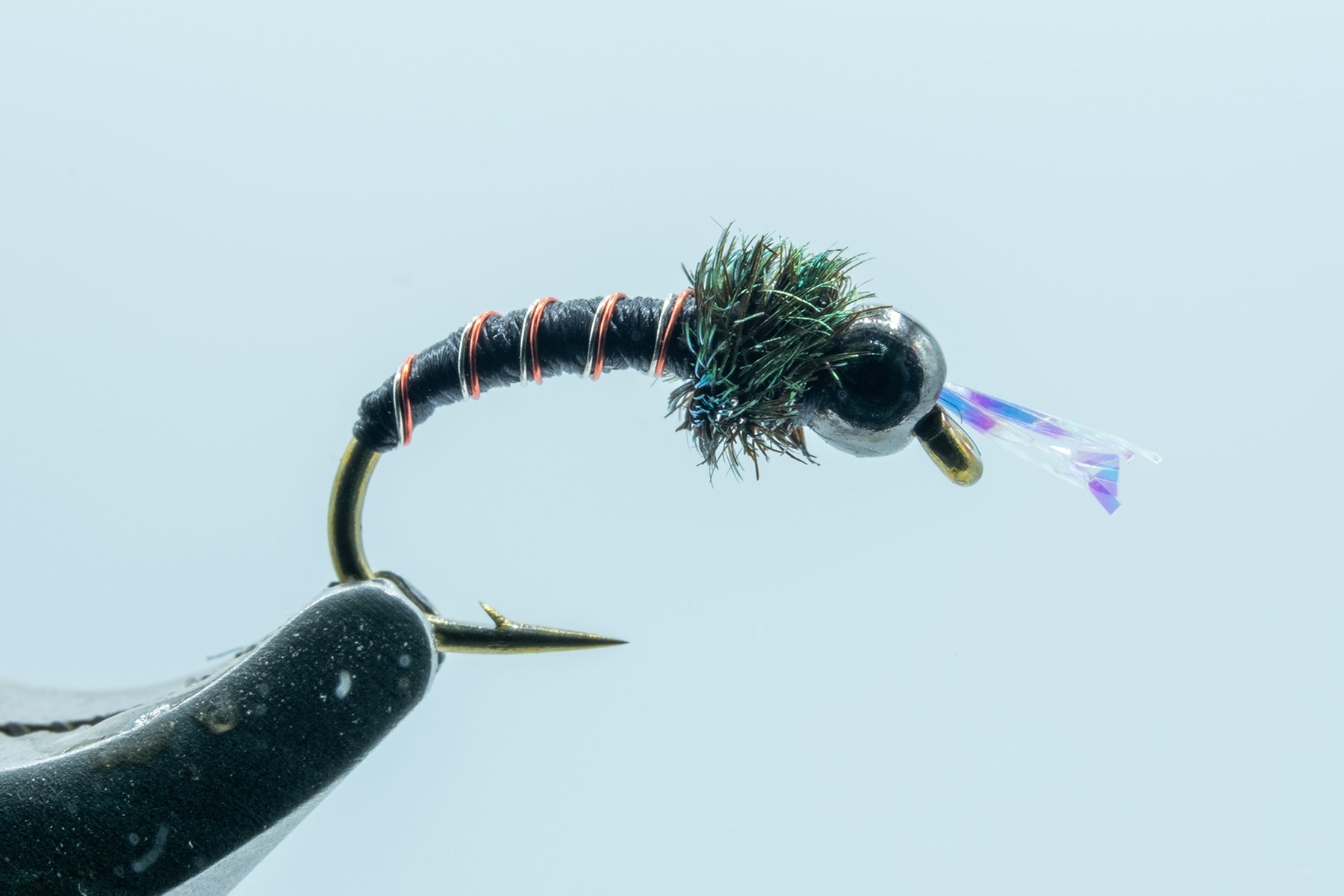
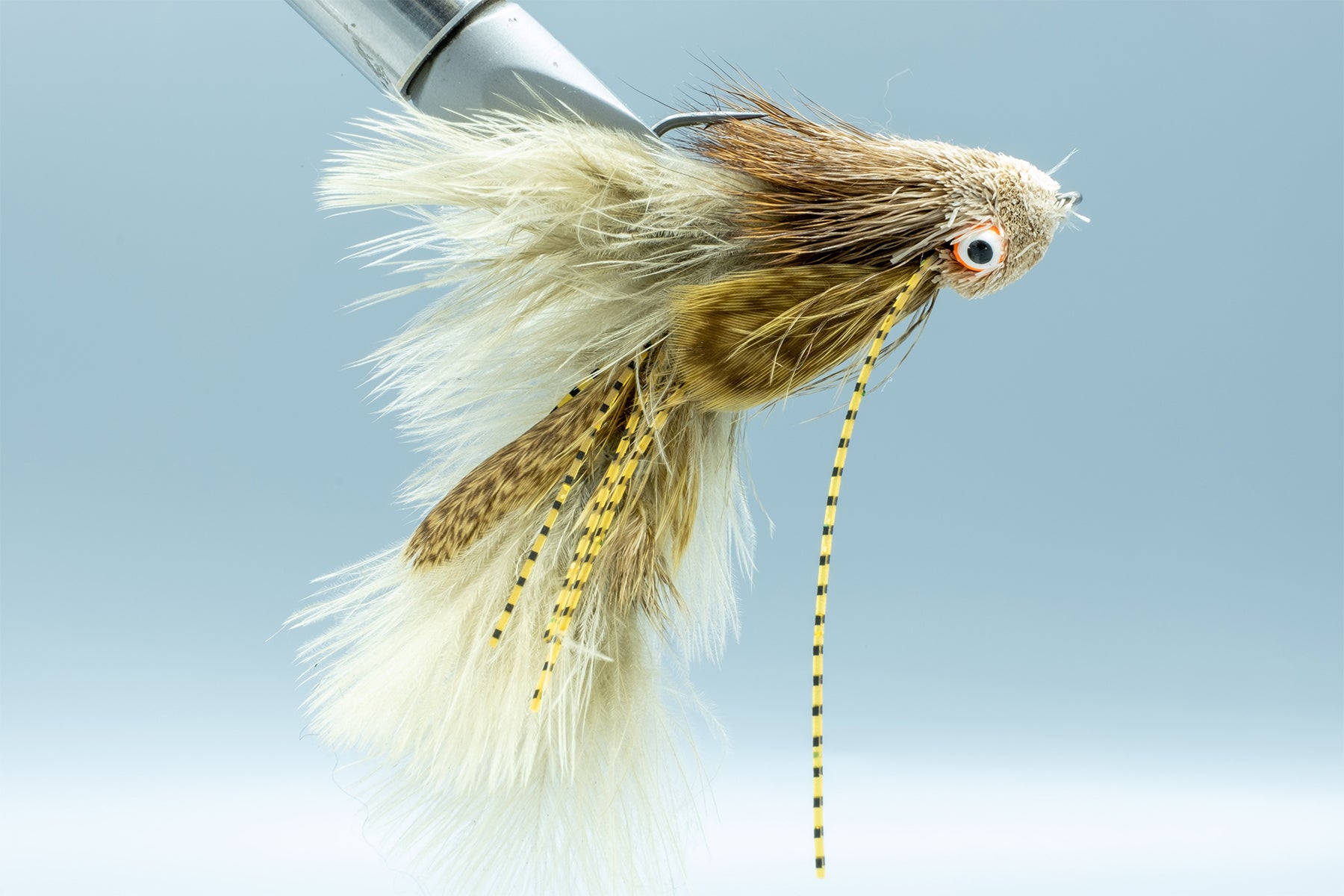
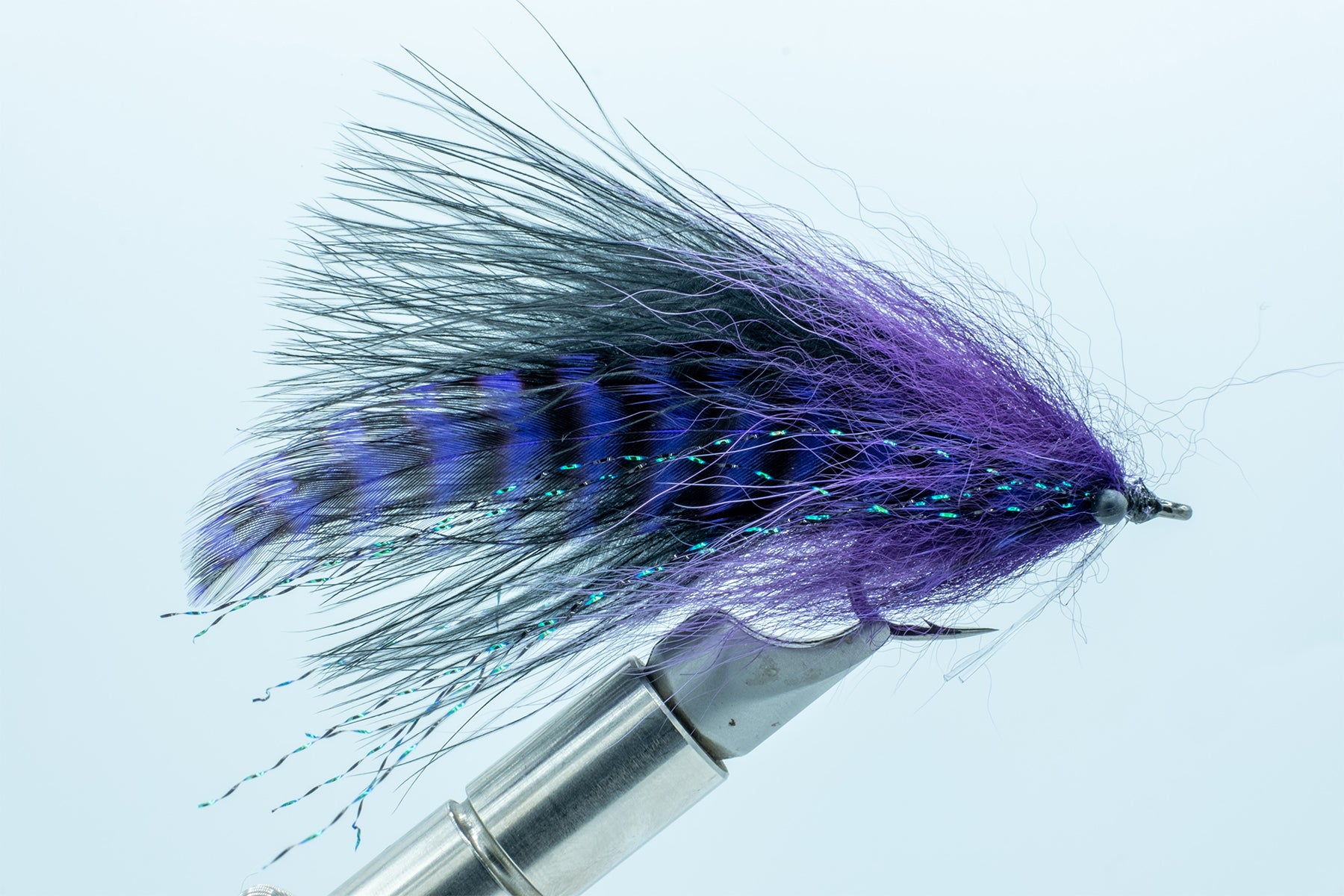
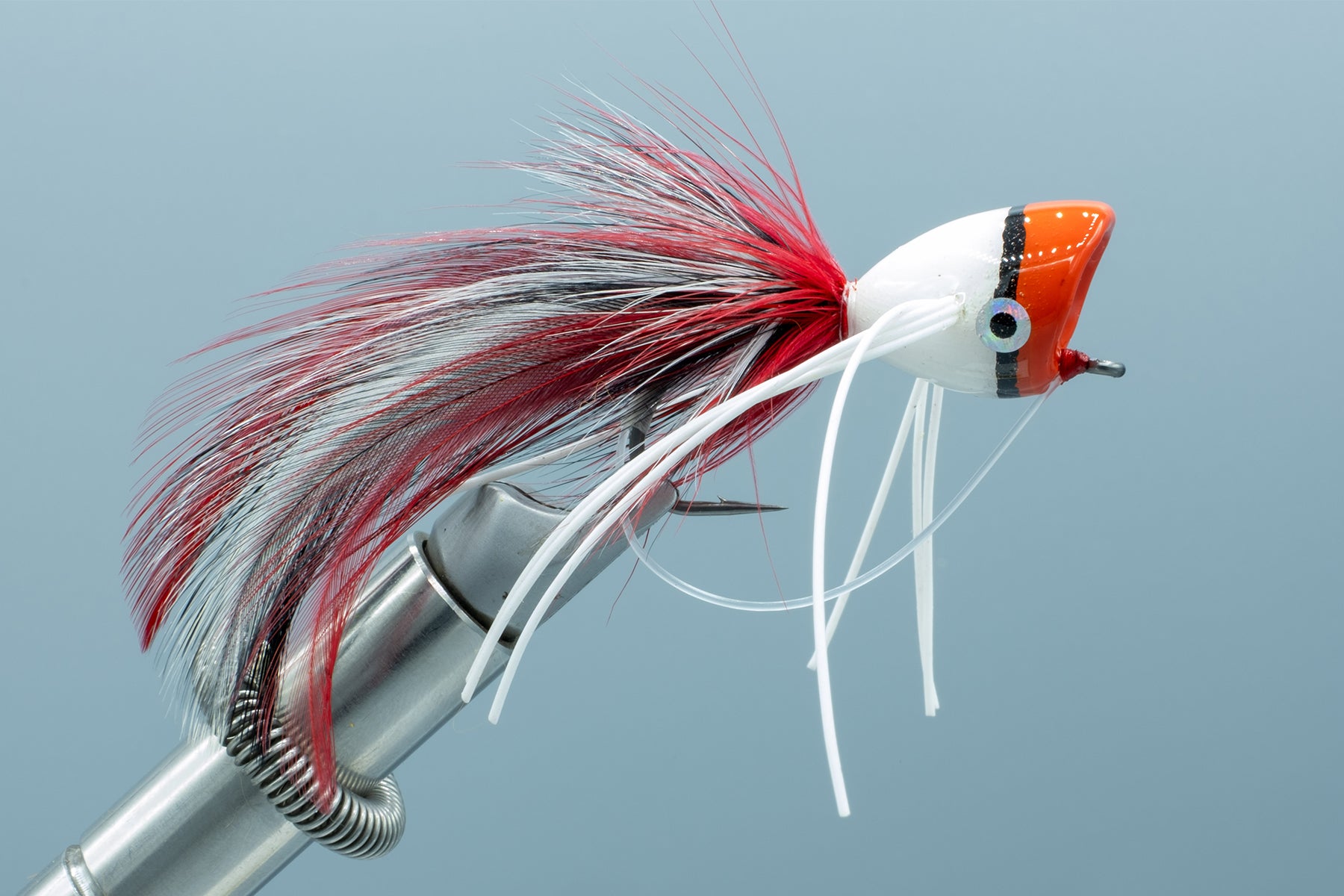
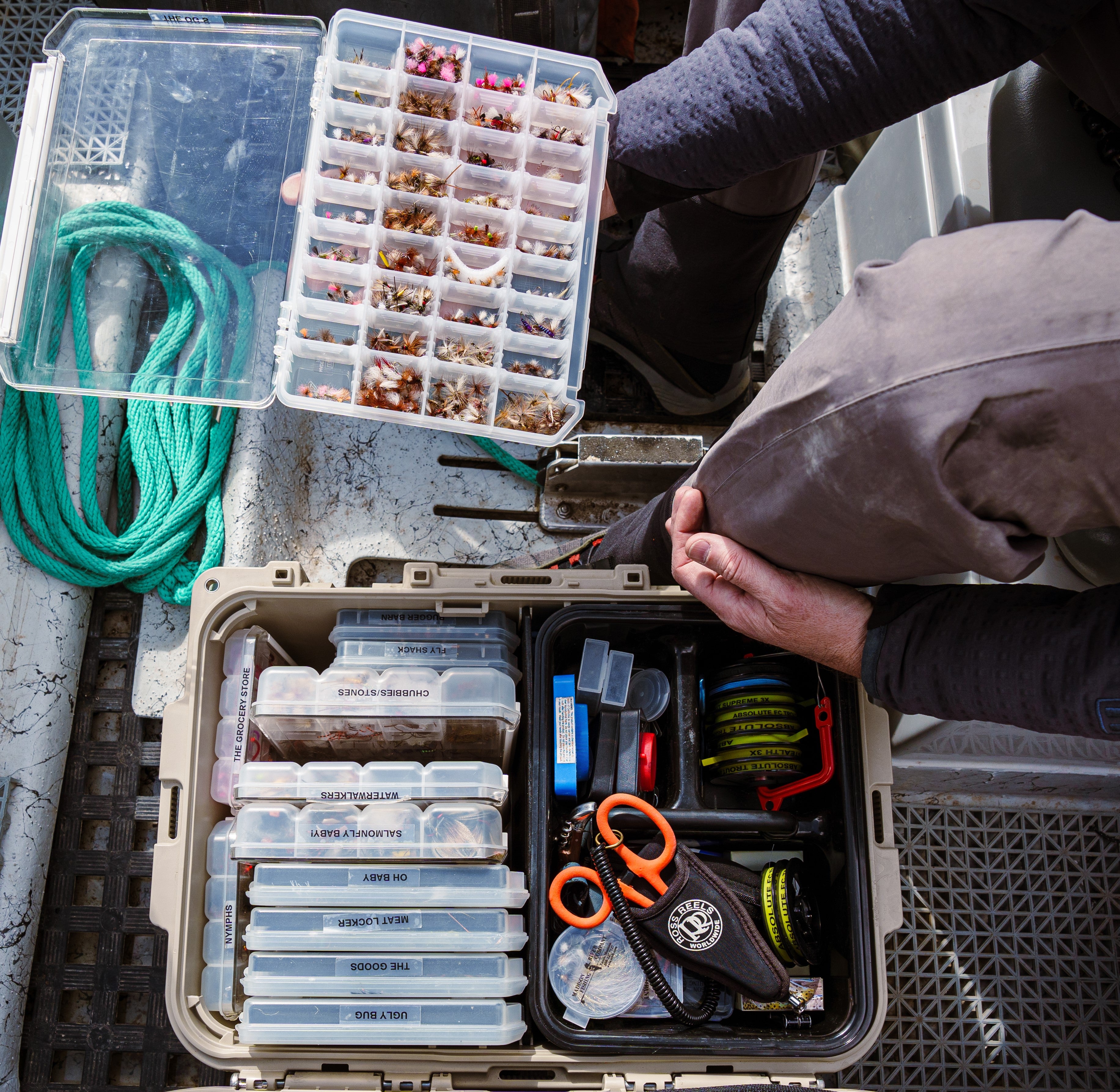
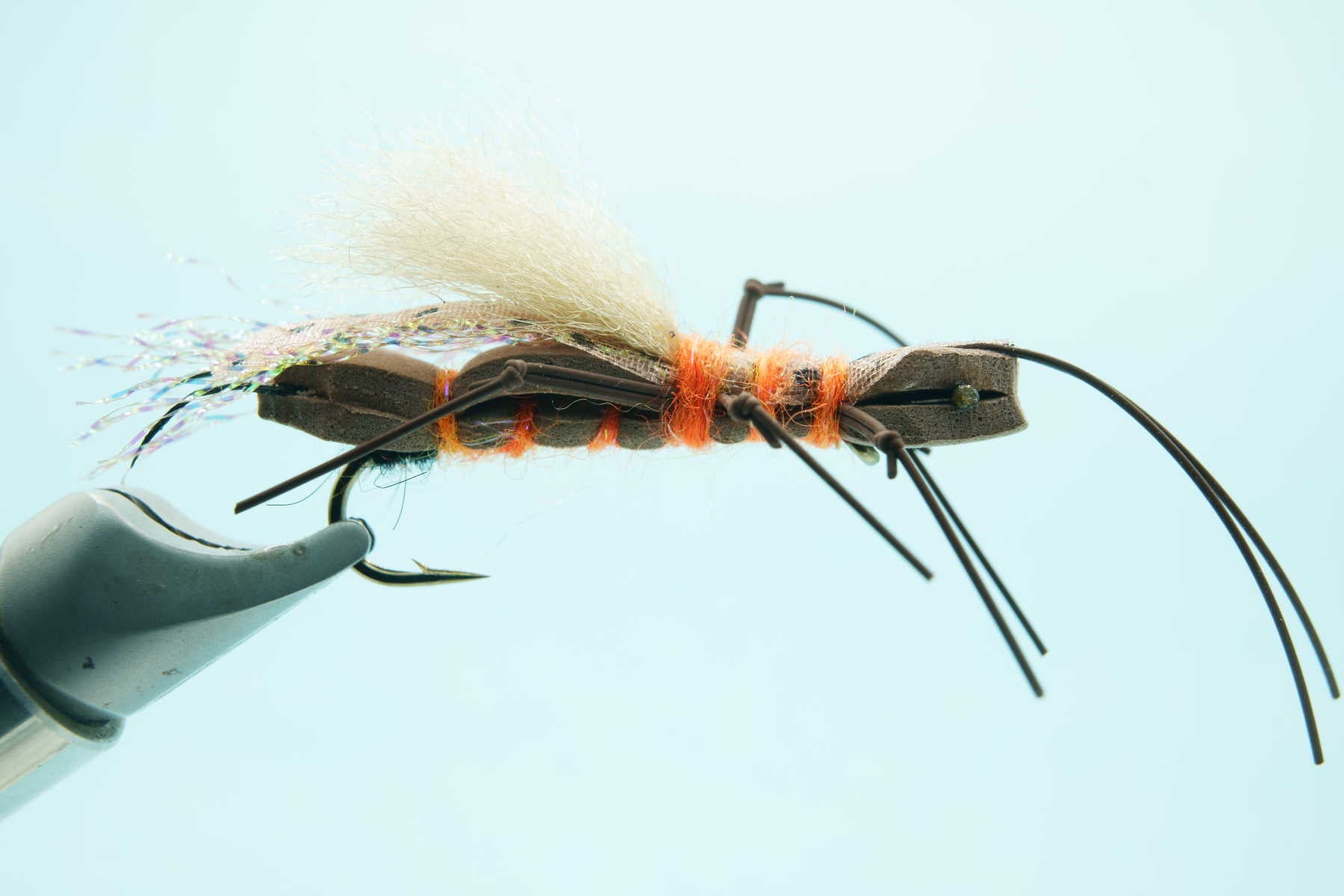
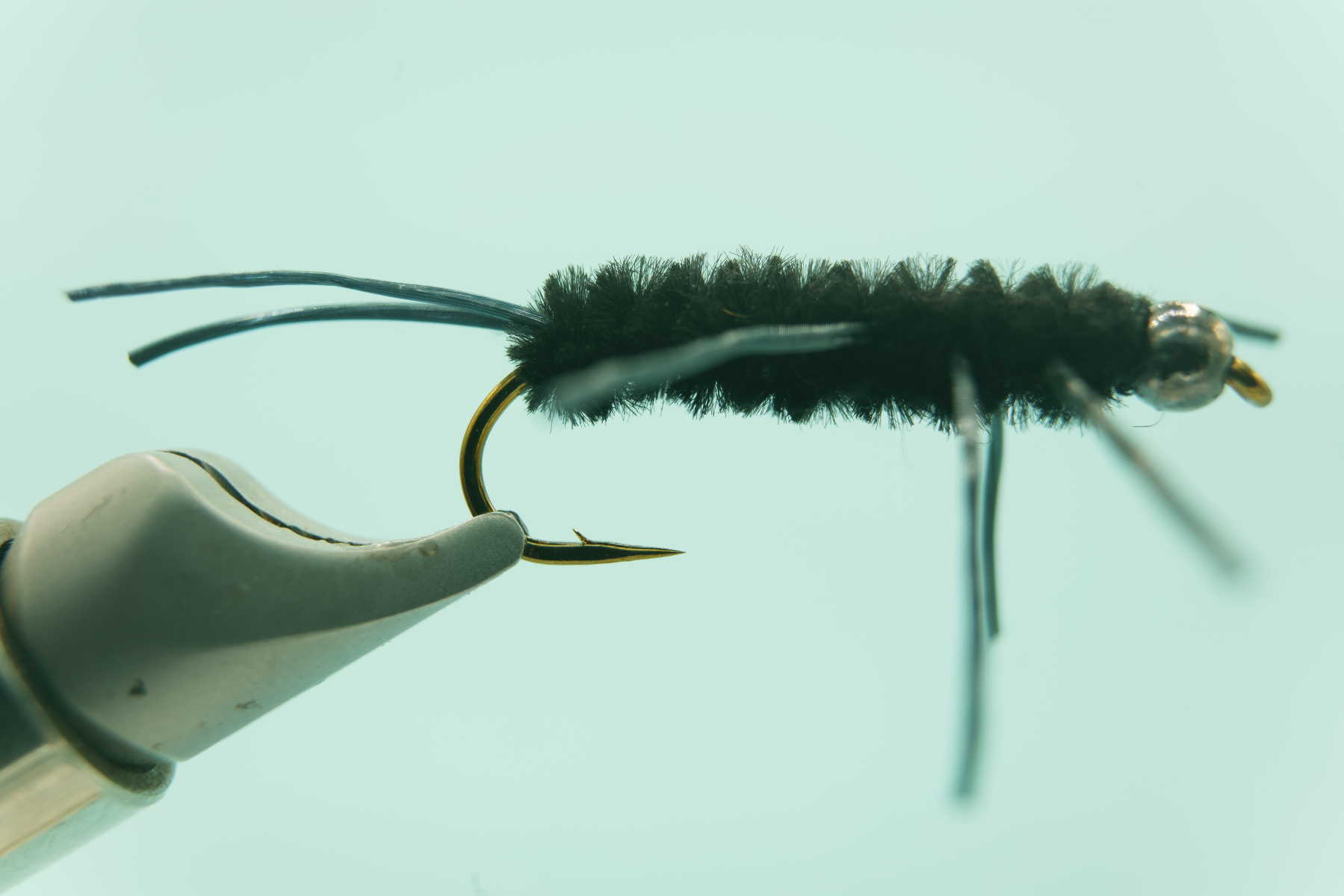
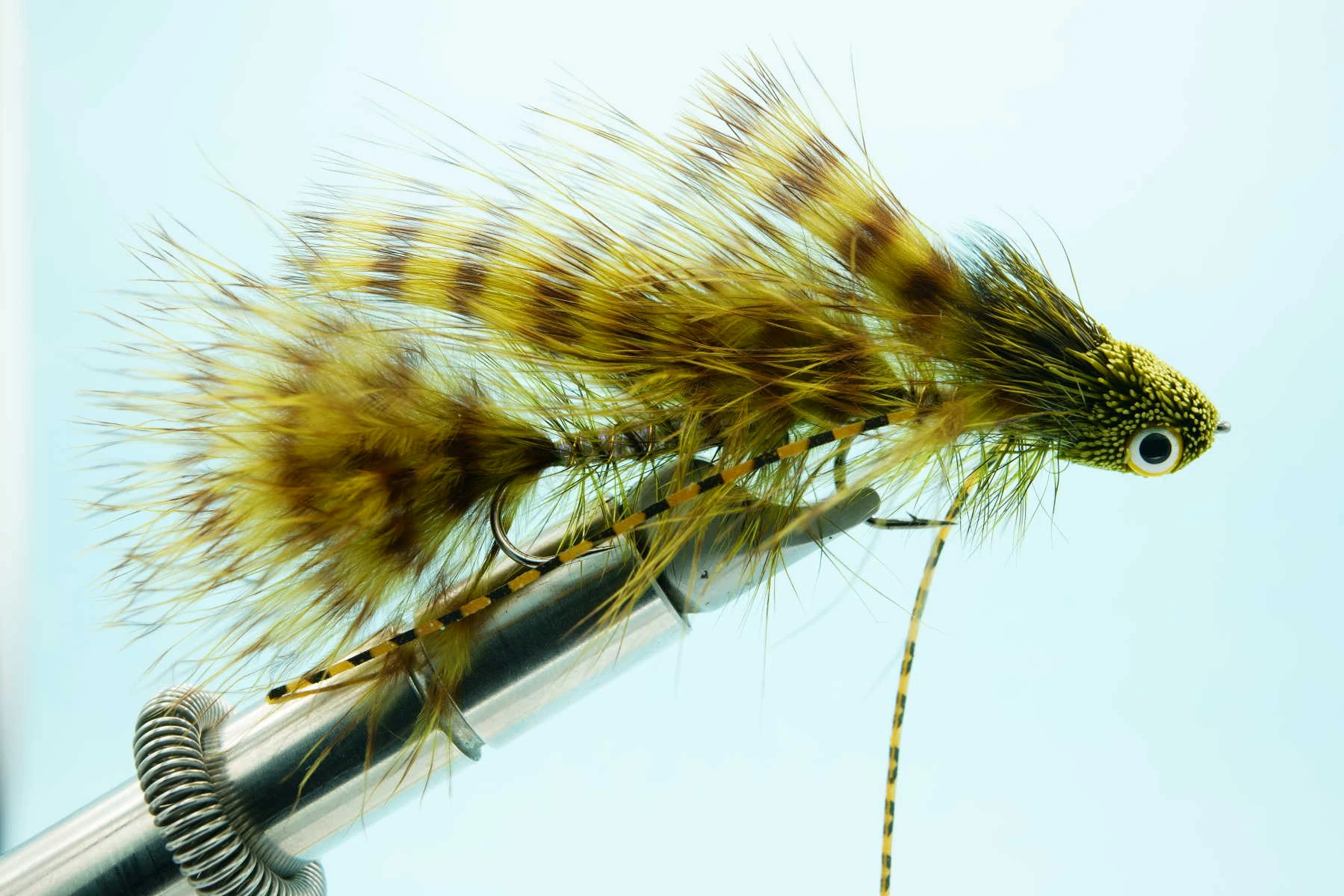
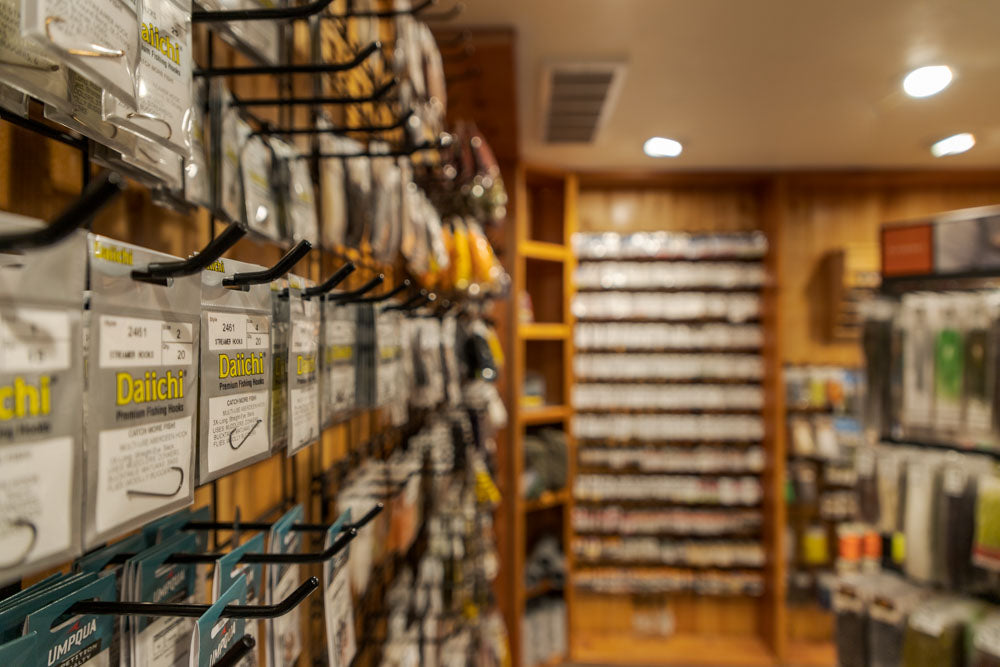





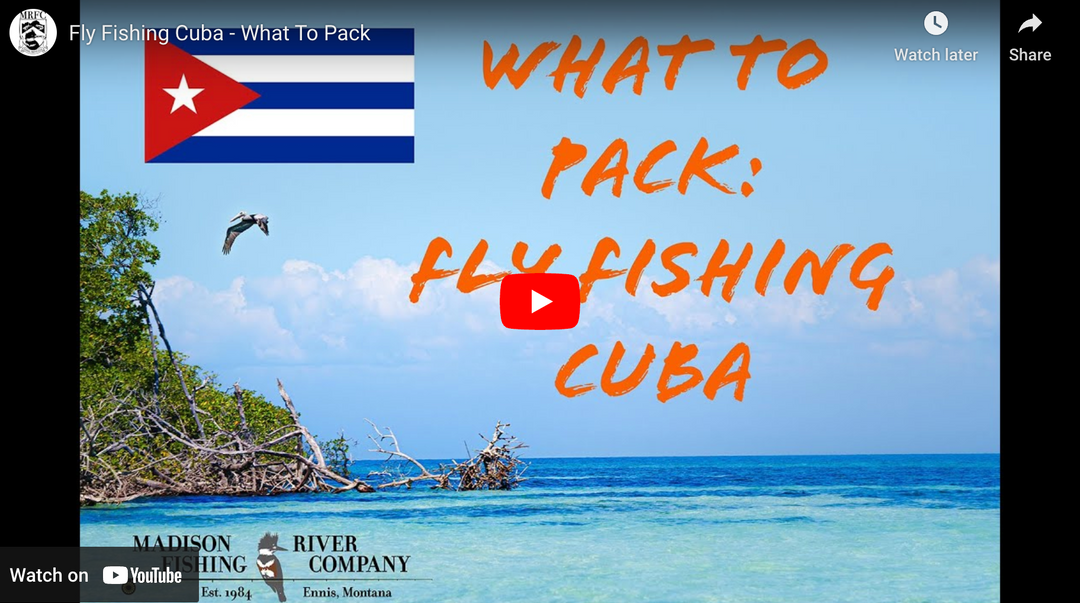
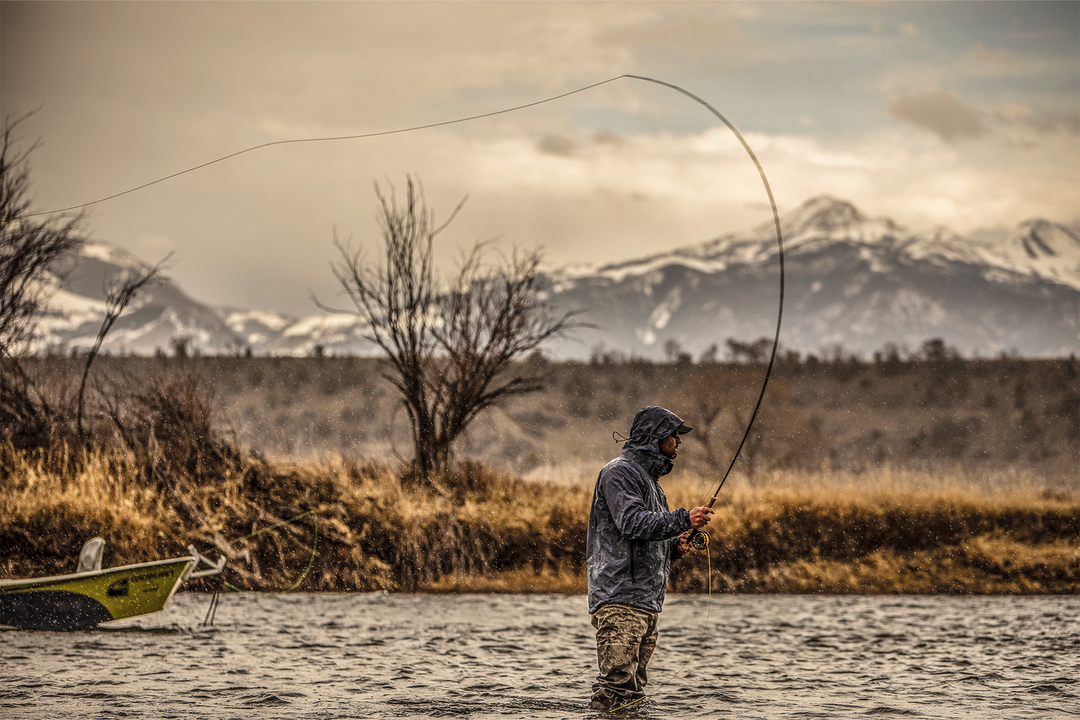
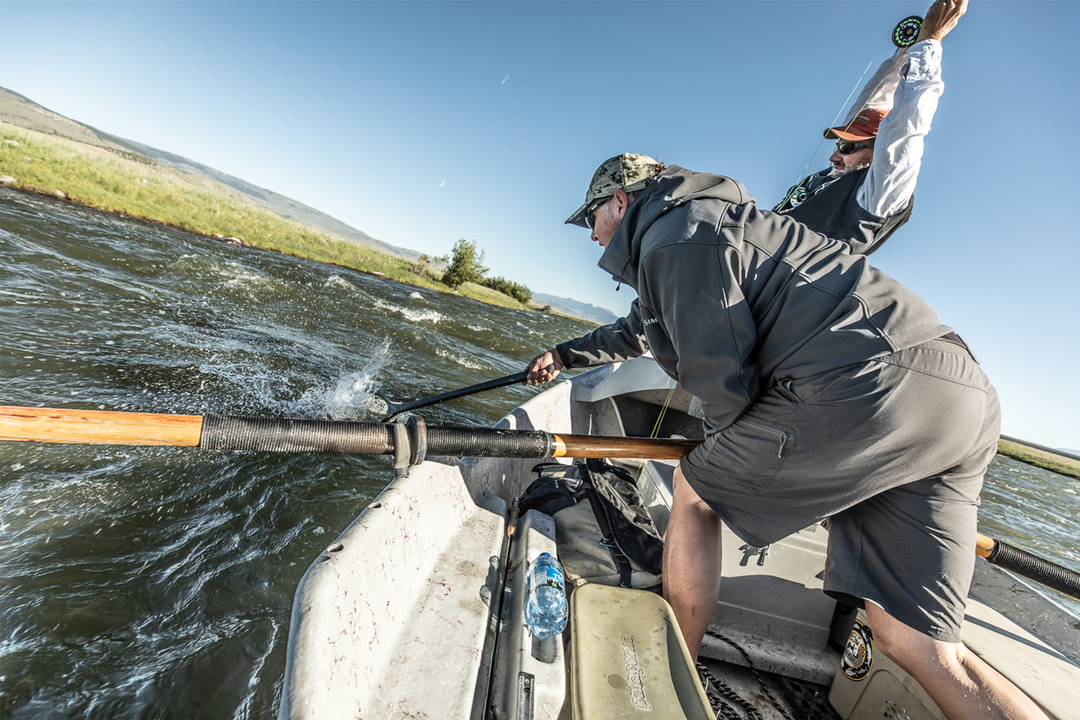
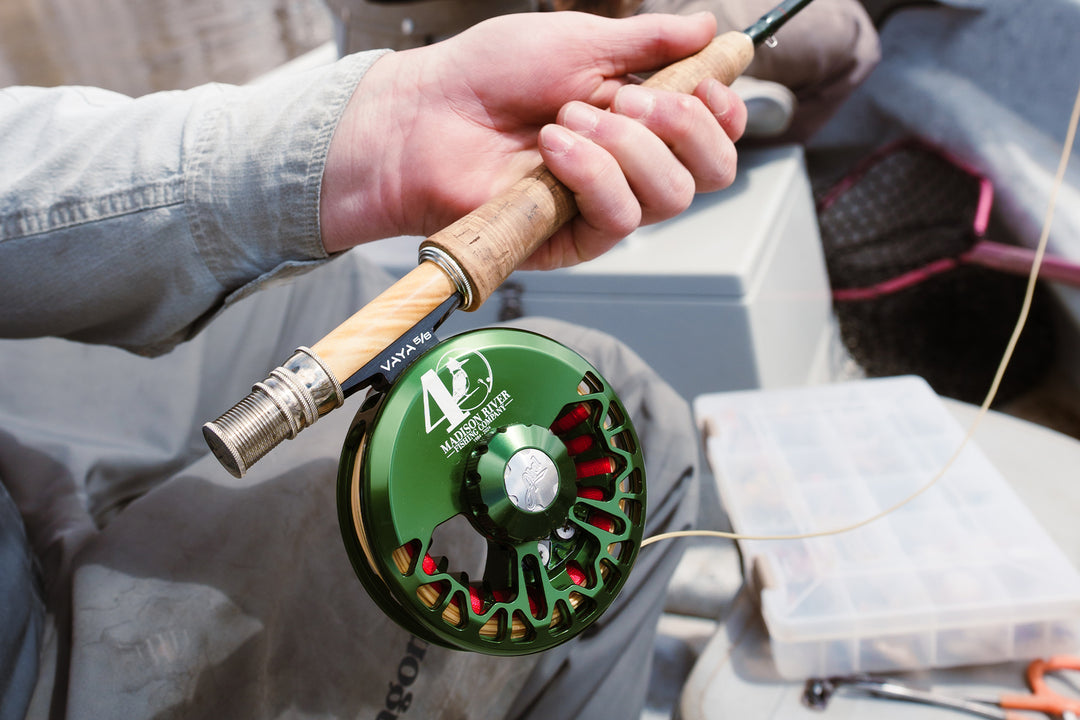
Leave a comment